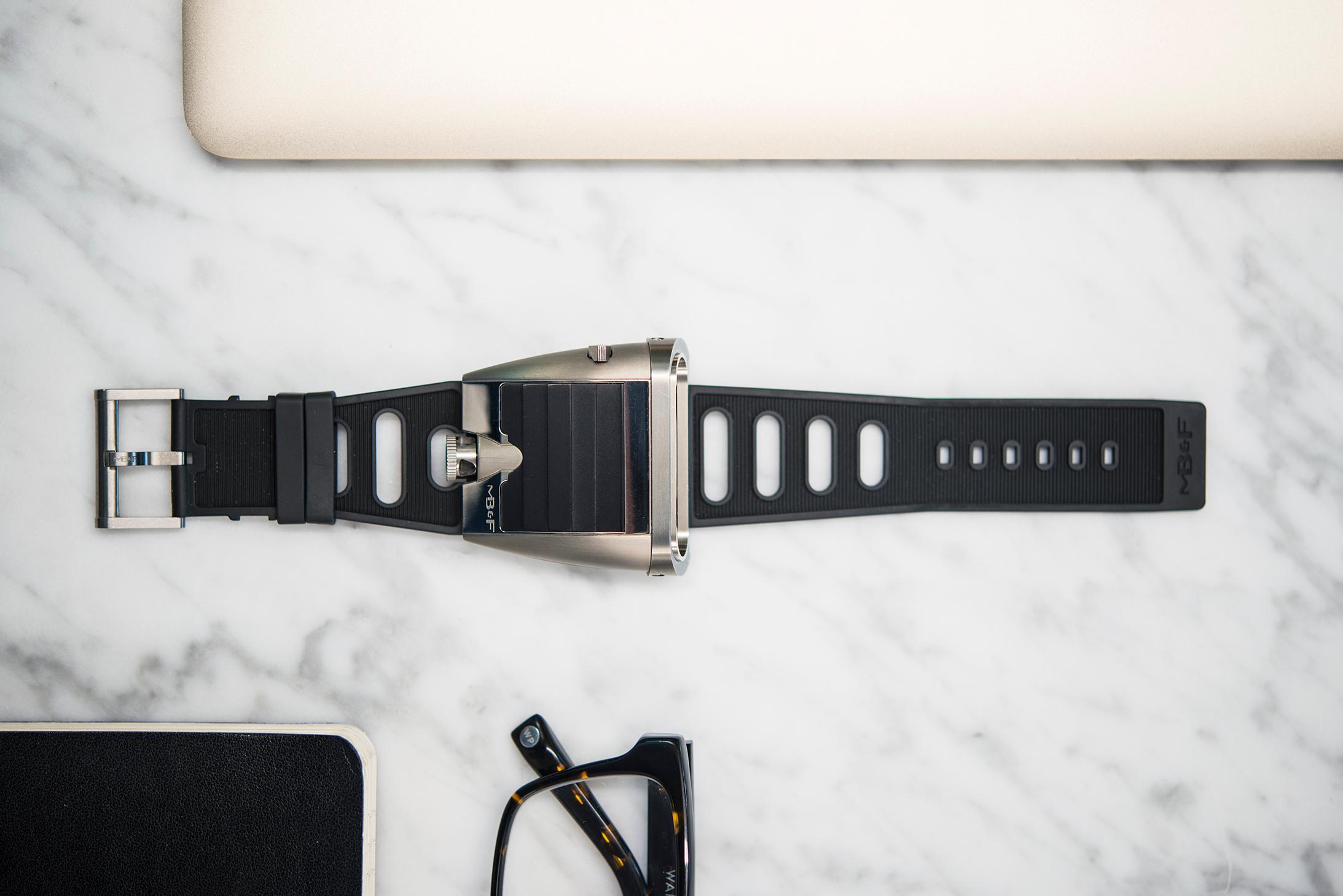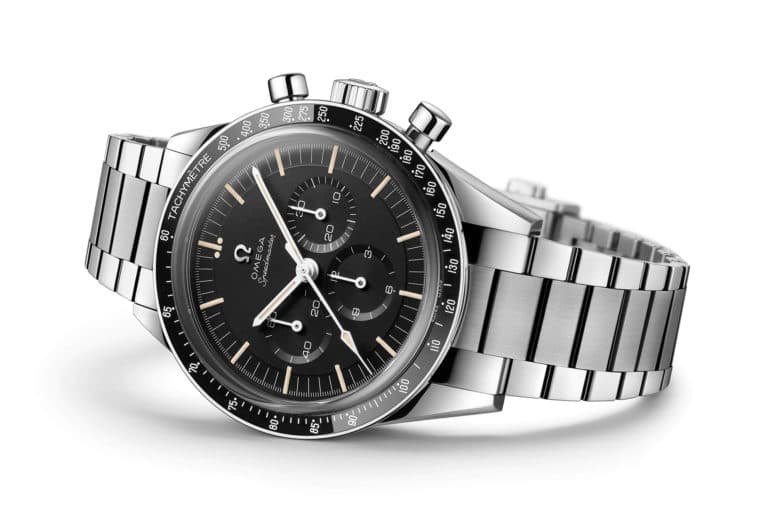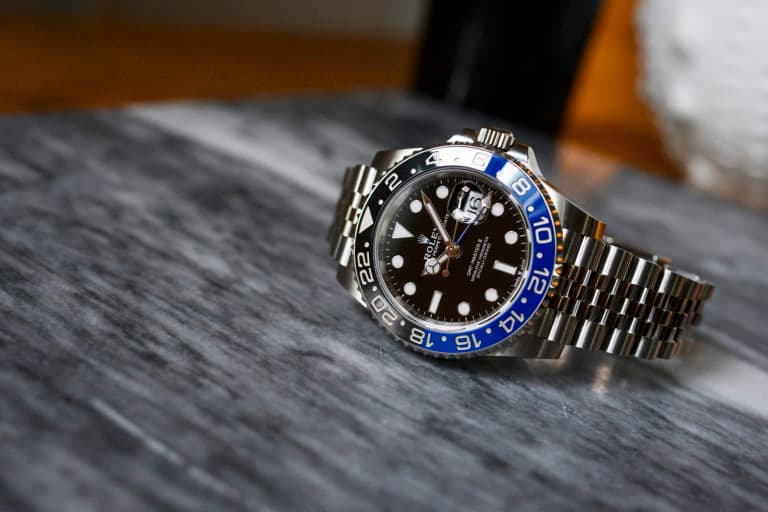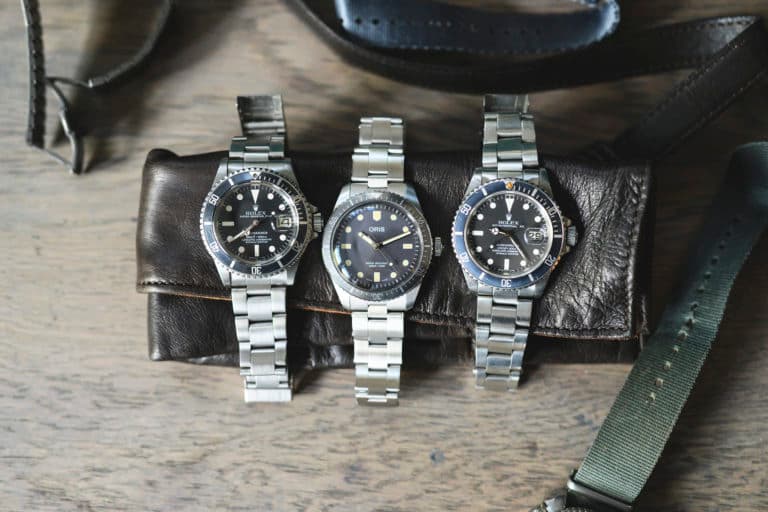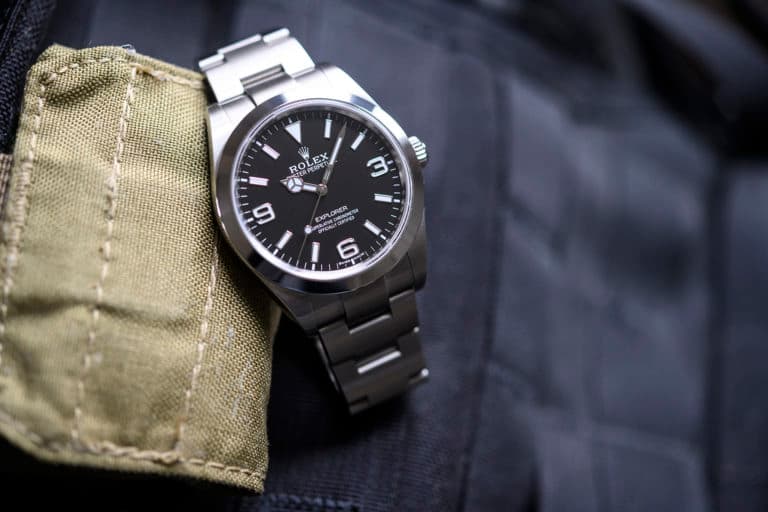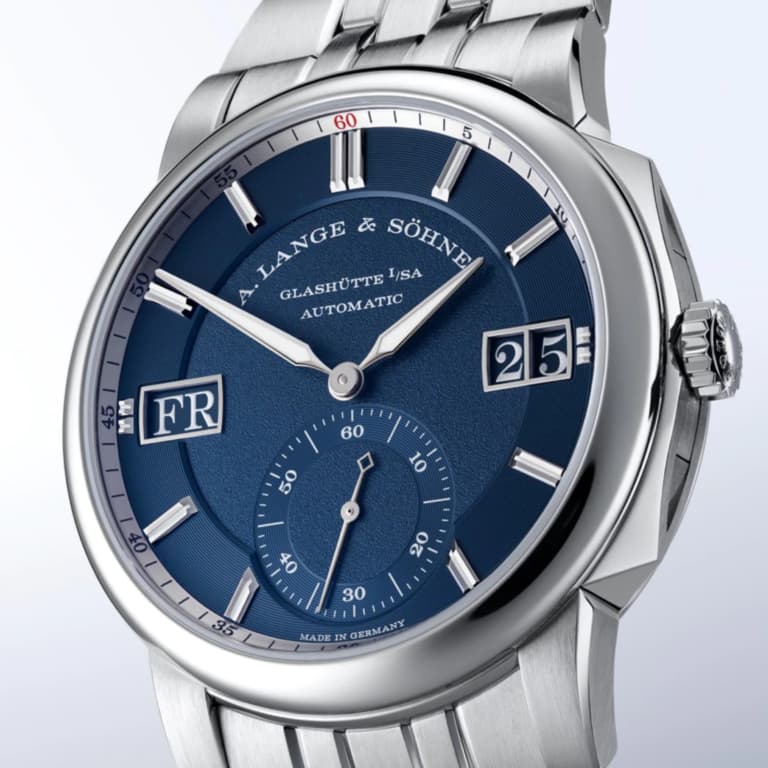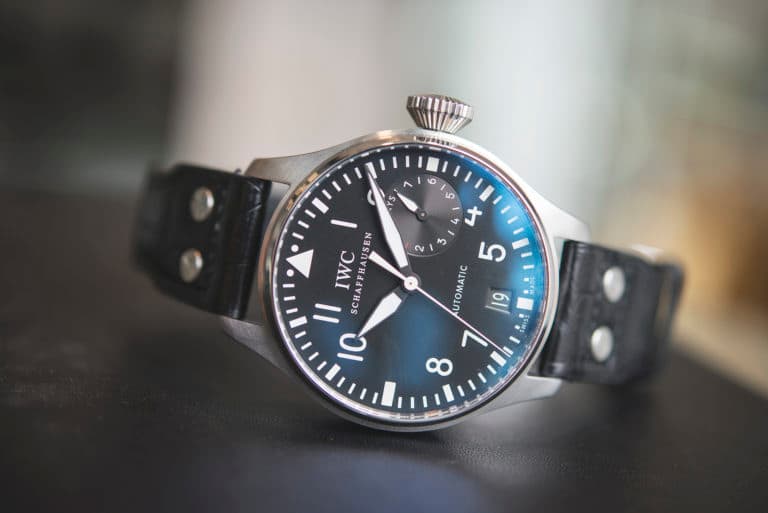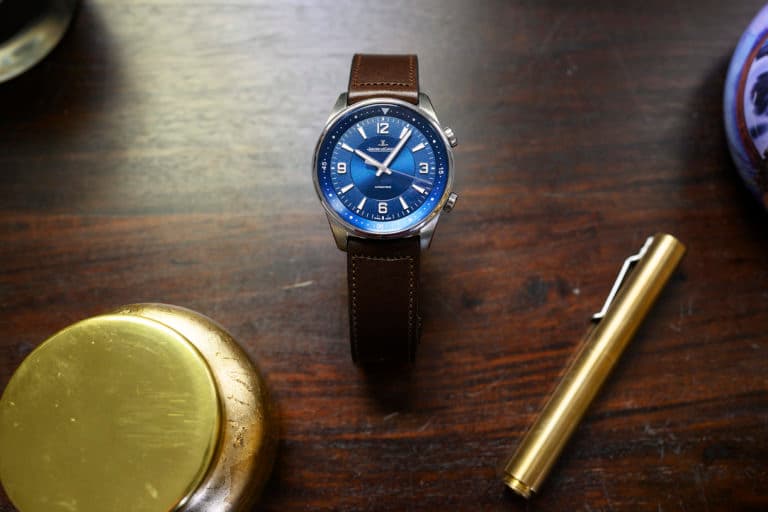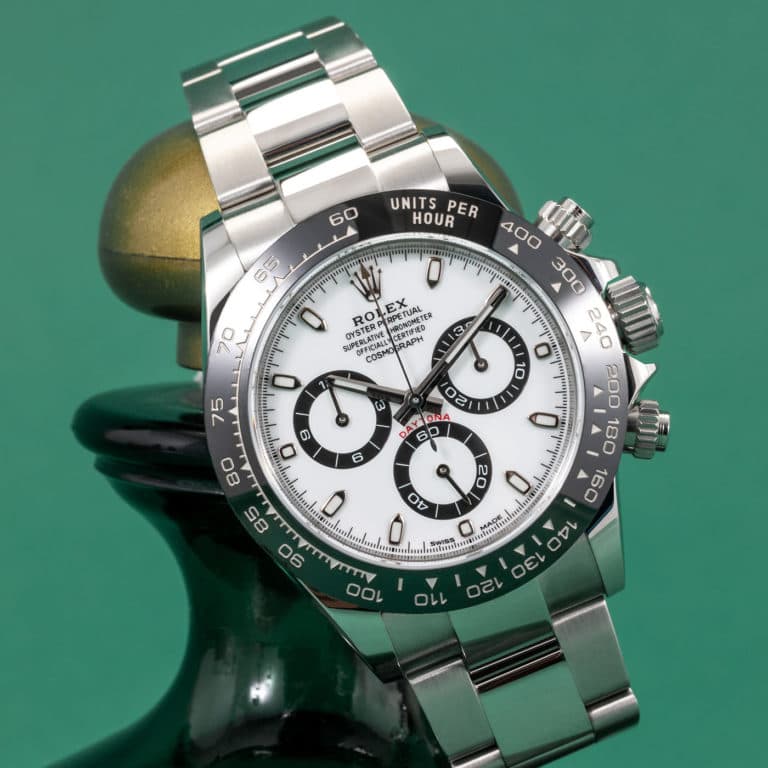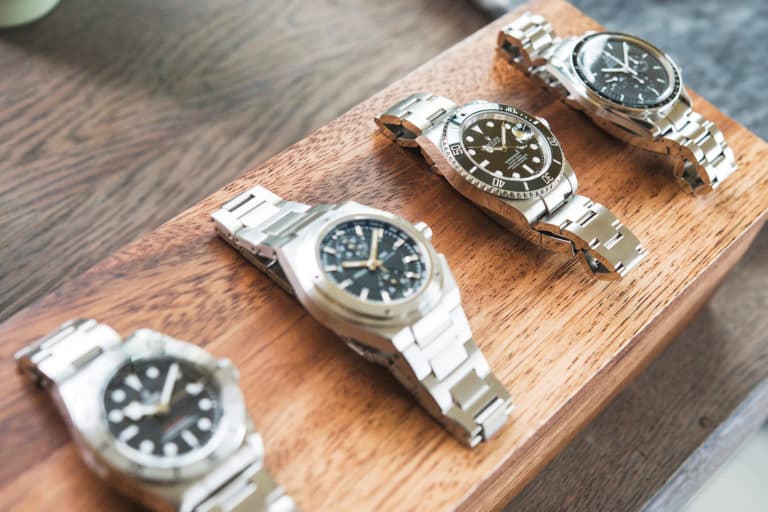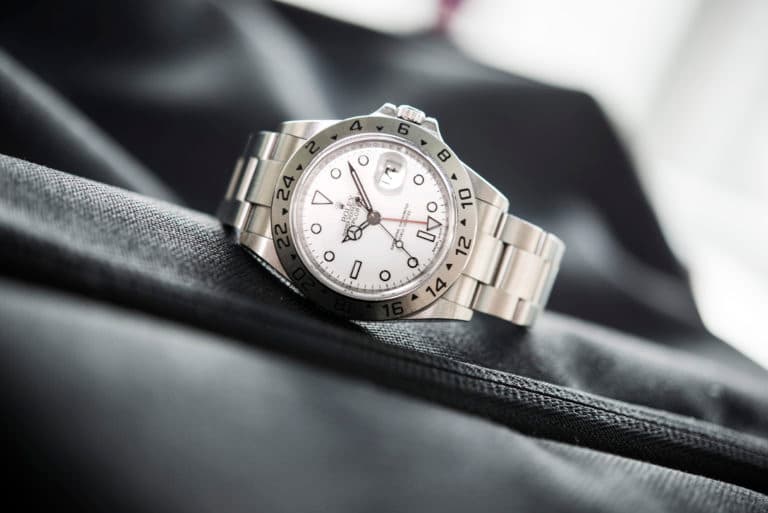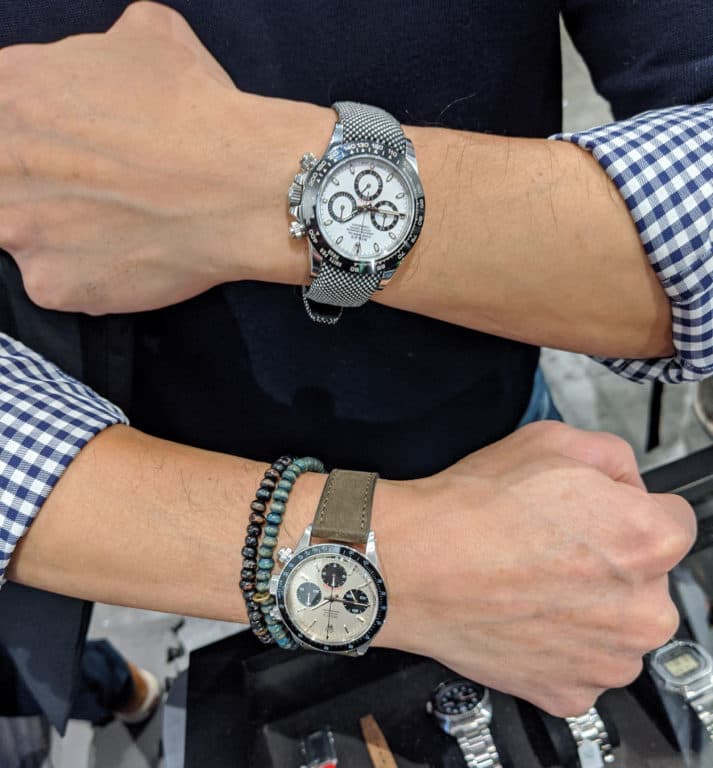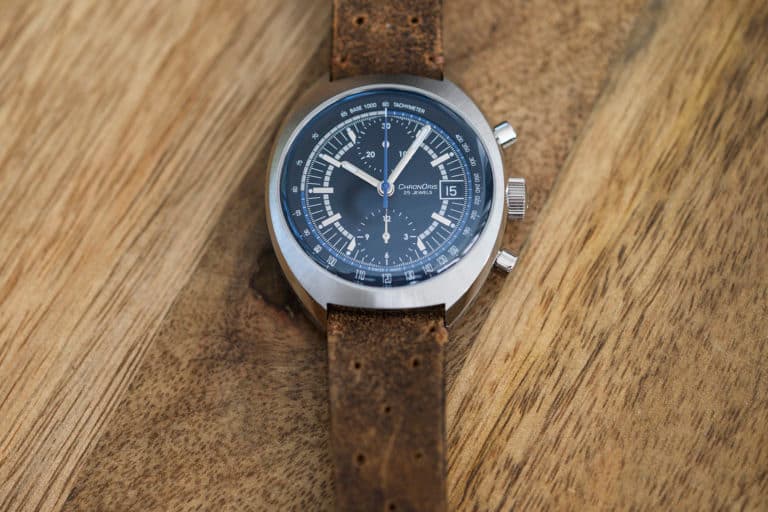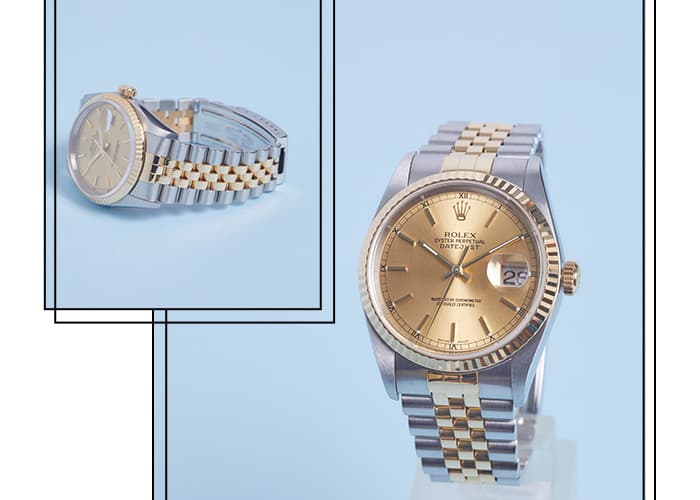In our final guide to watch collecting, we’re examining the unique traits of the $10,000 and up category. View our earlier guides on sub $1,000 watches here; $1,000 to $5,000 here; and $5,000 to $10,000 here.
Watches priced north of $10,000 have a value proposition that shifts into less tangible grounds, making it challenging at times to understand where your money is going. This is particularly true when it comes to time-only watches that offer no exceptional complexity, or in the use of precious metals, which can have an oversized impact on the retail pricing of a watch.
With that, here are the 5 rules to collecting watches in the $10,000 and up category. That’s a lot of ground, to be sure, but these rules should apply right on up to 6 digit territory and beyond.
1. The impact of precious metals. High end watchmakers rarely resort to building their watches in steel, opting instead for gold (in white, yellow, or rose), platinum and even more exotic materials and composites of carbon, titanium and ceramic. Use of any of these can dramatically alter the price of a watch without making any difference to the mechanics or complexity when compared to steel counterparts. Exceptions apply, of course, but understanding which metal you prefer and how that affects the price is a must in the $10,000 and up price range.
2. Understanding and appreciating finishing. We’ve discussed some of the finer points of movement finishing before, and this is the territory you’ll find some of the best. There is no practical difference between a time-only watch that costs $500 and one that costs $50,000, meaning the level of hand-finishing you’ll find in the latter, along with the choice of case material (see above), is left to account for the price difference. There are other factors at play here, but understand that a higher price tag doesn’t equate to a better time keeper.

3. Complications and servicing. High end watches generally account for a greater level of complexity, be in the construction or in the complication of the movement, such as calendar complications or a tourbillon. These features can be practical in as much as they showcase the watchmakers technical skill and creativity. With more parts, the greater the potential for servicing needs, and when it comes to small independent brands, you’ll need to consider the costs and implications of the long term serviceability of a watch.
4. Scarcity and perceived value. Outside of the chosen case metal, movement finishing, and level of complication, high end watches are generally made in much smaller numbers, leaving their scarcity as a scale of their perceived value. This should not factor into your purchase decision as greatly as the first two points above, but rather can serve as a backstop in weighing point number 3. Viewing long term pricing trends is hugely valuable here, and the transparency provided by StockX provides insight on actual value in the market.
5. Investment grade watches. Finally, while watches are not the ideal vehicle for your investment dollars, watches in this range can hold and even increase in value. You may not see the stability of something like an S&P 500 index fund, but with StockX, you can shop smarter and Bid empowered by pricing trends and history. Plus, you can’t wear an index fund on your wrist, so enjoy the fact that you can interact with this purchase on a daily basis and even get some practical usage out of it to boot.


